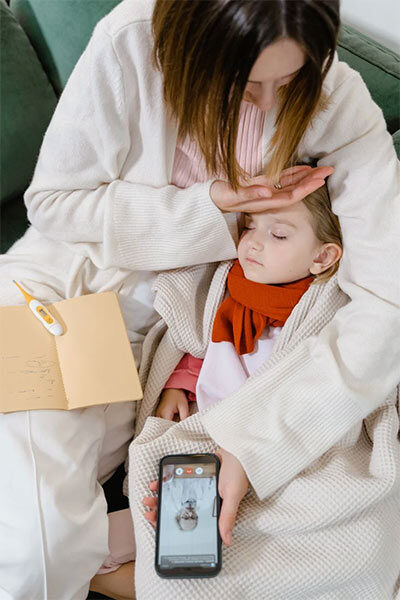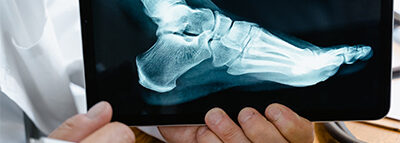Medical Use Cases
Using CHIF Files to Fight a Pandemic
C-Hear can help organizations like the CDC and WHO securely and efficiently parse and analyze patient medical records and disease data to create more accurate quantitative analysis research results and better predictive modeling of pandemic spread and locus.
Make Disease Data Available
A single patient’s disease data (eg., diagnosis, treatment, prognosis, etc) with a public classification in an unencrypted state for open examination and aggregate analysis
Make Patient Information Private
A single patient’s personally-identifiable data with PII or HIPPA classification and encrypted with a designated encryption key so only certain roles can access to protect this more sensitive Data
DICOM Medical Imaging Use Case
Understanding DICOM Imaging for Medical Procedures and Electronic Medical Records.
We can help medical professionals use the CHIF to create efficiencies improve patient care.
DICOM images are very large digital files since they are made up of very high-resolution images. In the cases of an MRI, CT, PET, Fluoroscopy and Ultrasound, there are a series of very high-resolution images, sometimes gigabytes of stored images in a single DICOM.
A physician will prescribe a radiology scan to be performed to help their patient. The radiologist will schedule and perform the scan.
Zeroing in on a diagnosis, a radiologist will search through these images to find the one image, or series of images that tells the story.
Once this is done, the radiologist will zoom into the area(s) of interest to provide an enhanced detail view to make the diagnosis.
At this point, the current methods of reporting and saving the diagnosis for further analysis and communication to the requesting physician can become cumbersome and convoluted.
This process can require disparate systems and databases to provide the voice transcription, the written report and the reference data provided by the reviewing system linked back to the DICOM file.
What if the radiologist could crop the annotated and enhanced image(s), and save it with their voice diagnosis, textual transcribed diagnosis (in multiple languages, if necessary) and stored in a file less than 5 megabytes in size. In the example shown, the file is just over 1 megabyte in size. The file could be quickly communicated to the requesting physician without any possibility of data mismatch of images and transcribed reports.
Using the latest in HIPPA compliant encryption, formerly unplayable DICOM image files can be encapsulated in a CHIF file along with your friendly voice offering a clear explanation of what the image means. Furthermore, the CHIF medical image could be shared with patients in their patient portal. This allows the patient to share with the medical professionals of their choosing in a timely manner, which is not available today.
Make CHIF a Partner in your Telemedicine Plan.
Using the latest in HIPPA compliant encryption, formerly unplayable DICOM image files can be encapsulated in a CHIF file along with your friendly voice offering a clear explanation of what the image means.
This also means, you can encrypt your data (like your private patient data) or parts of your data.
In this age, where doctor’s offices are busier than ever and telehealth becomes ever more prevalent, you can say, “just click on the CHIF and I’ll tell you what the picture means.”



